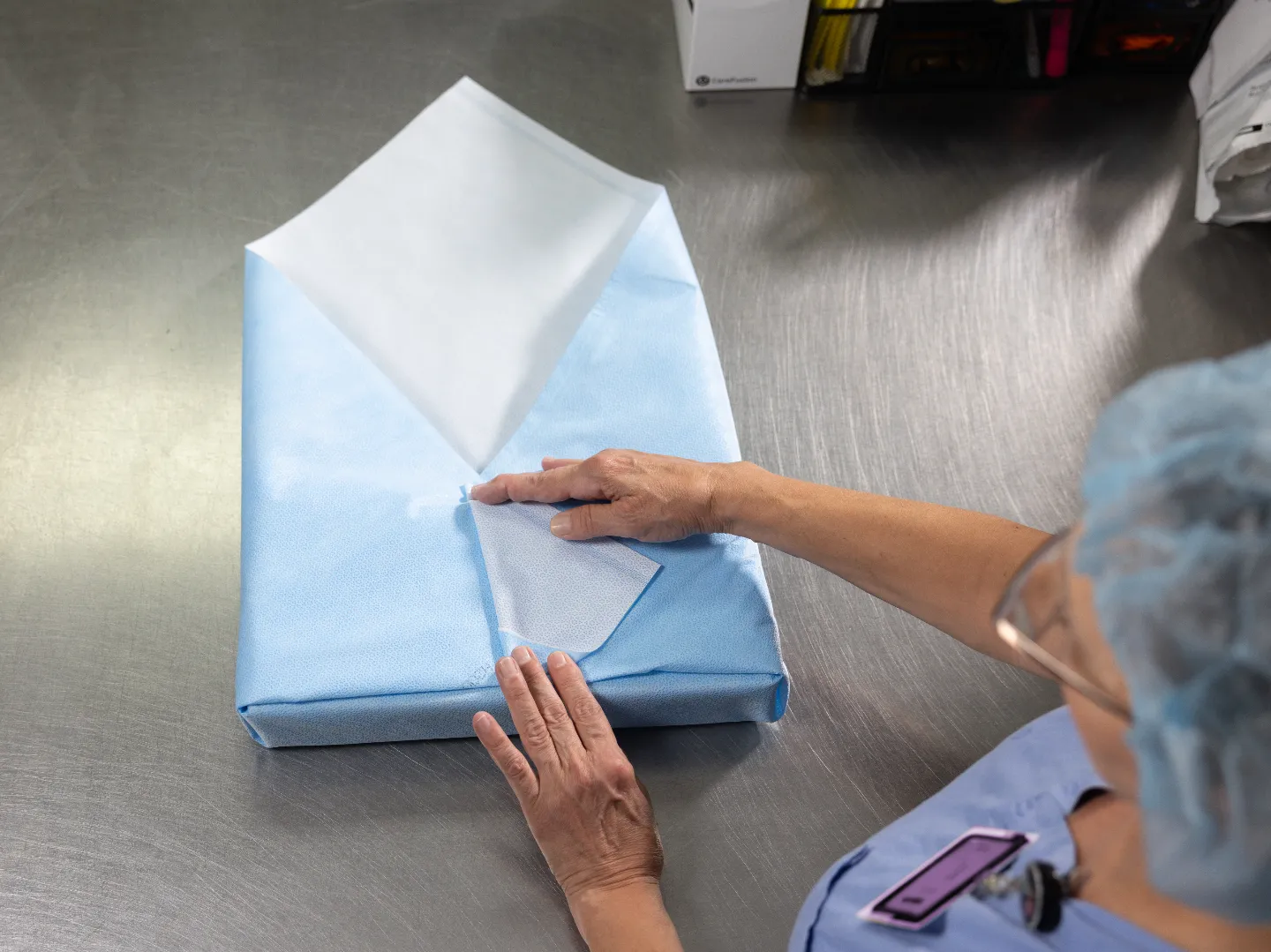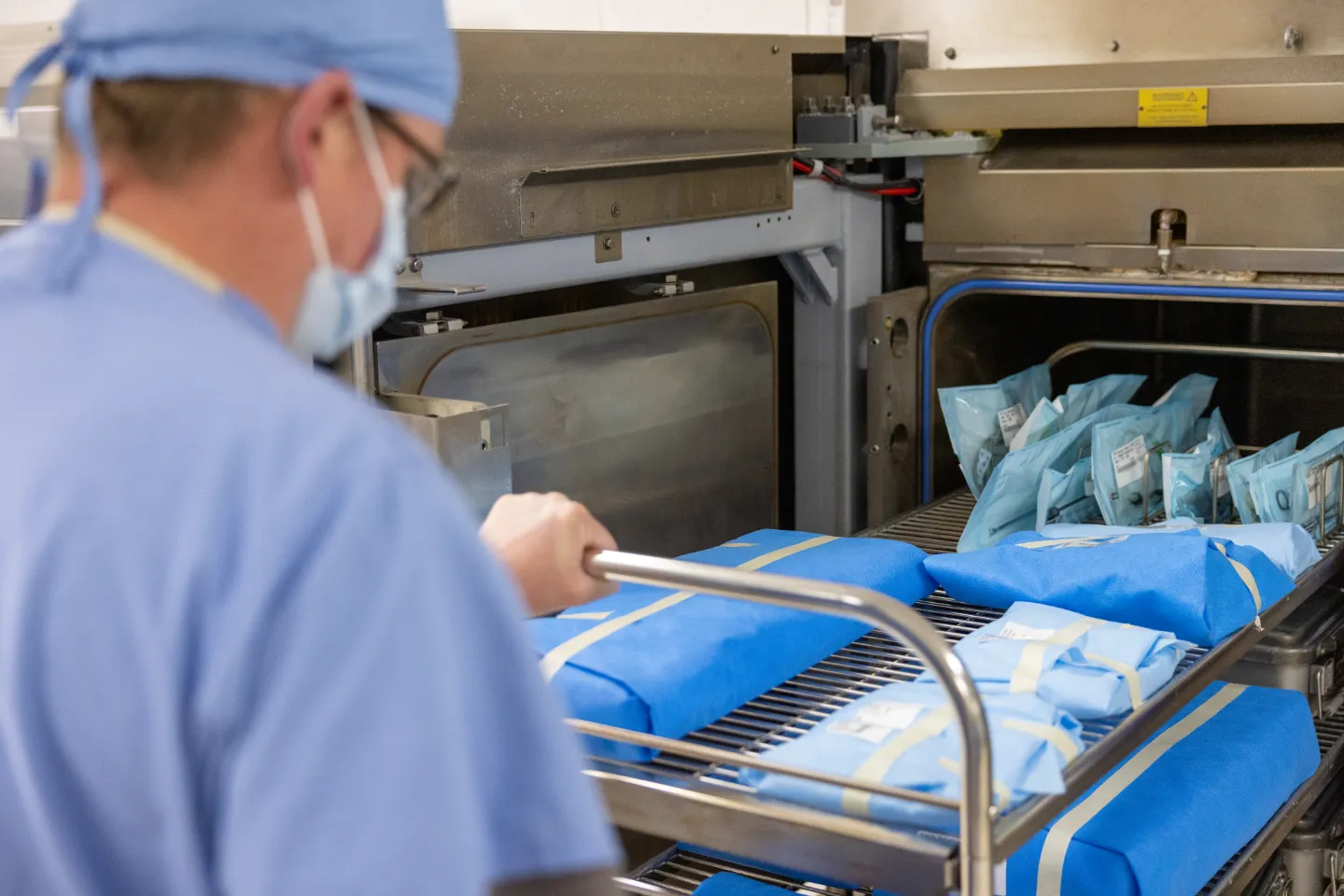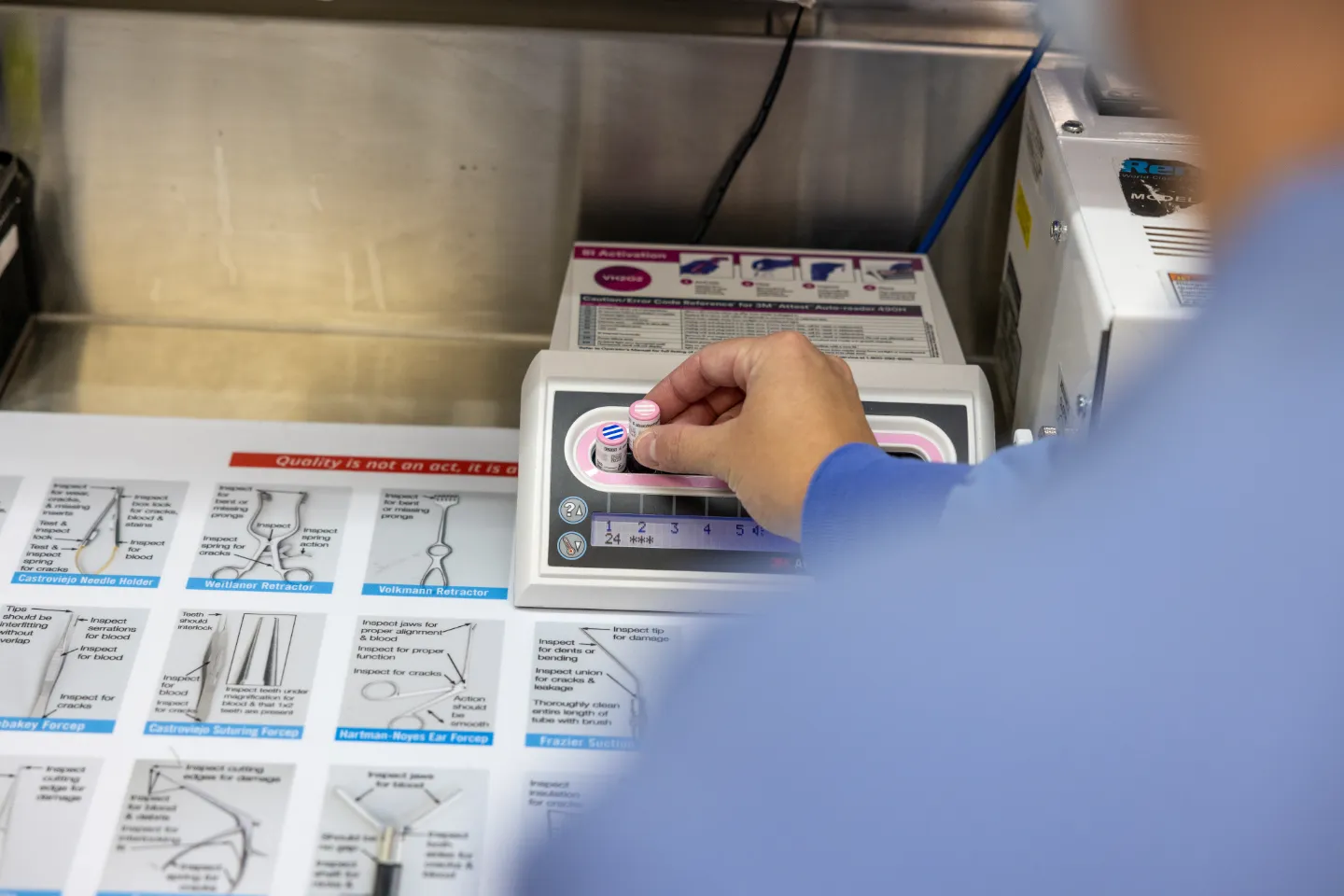Sterile Processing and the Operating Room: Why Patient Safety Can't Be Rushed
Incision · · 4 min readA Partnership for Patient Care
The Operating Room (OR) and the Sterile Processing Department (SPD) are two pillars that hold up the complex structure of frontline surgical care. One cannot function optimally without the other, much like a surgeon and a scalpel. The symbiotic relationship between the OR and the SPD is critical both for patient safety and staff well-being. Like any good partnership, empathy and understanding are vital to success. This article works as a guide to understanding why sterile processing can't be rushed and why it takes time to ensure the utmost patient safety in surgical care.
Why Empathy Matters
Imagine calling a Sterile Processing Technician a "dishwasher." It would be just as inaccurate as calling a surgeon "someone with a sharp knife." Humorous, perhaps, but it underscores the importance and complexity of each role. Both teams are working toward the same goal: excellent patient outcomes. And this common goal should be the bedrock for empathy and understanding between the two departments.
Sterility Cannot Be Rushed: The Stats Don't Lie
Rushing the standard sterilization procedures can have severe implications for patient safety. Surgical site infections (SSIs) are reported to account for around 20% of all healthcare associated infections (HAIs), with an estimated annual cost of $3.3 billion. Of these, roughly 60% are deemed to be preventable through, among other things, proper instrument reprocessing [1].
The Long Path to Sterility
Surgical instrument reprocessing is a multi-phase endeavor that can take up to 4.5 hours to ensure optimal patient safety for all instruments, and for all patients. Let's delve into why:

The initial stage involves meticulous cleaning and disinfection of instruments to remove debris and bioburden. This process alone can take anywhere from 30 minutes to an hour [2].**Now, some of you may be thinking, they forgot High-Level Disinfection! Never fear, we realize the importance and feel this is a topic that deserves its own spotlight.

Each instrument is inspected for wear and residual debris. Sorting, assembling and packaging can take an hour, especially for complex surgical trays.

Steam or hydrogen peroxide sterilization methods are the most common in healthcare. The sterilization cycle can take up to an hour, and additional time is needed for steam-sterilized instruments to cool down.

Process monitoring practices ensure that the sterilization cycle was effective. Practices include reviewing and documenting cycle parameters and the results of chemical and biological indicators.

The last phase involves inspecting and storing the instruments in a manner that maintains sterility until they are ready for use.
The Bottom Line
Surgical outcomes aren't solely dependent on what happens inside the OR. The best patient care is a result of effective teamwork, not just between the surgeon and the anesthetist, but also with the SPD. Each step in the instrument reprocessing cycle is another layer of protection against infection, complications, and, in extreme cases, legal consequences. The time spent correctly reprocessing instruments is an investment in patient safety, and it's important that everyone involved respects that.
So, the next time the clock is ticking and you're tempted to pick up the phone to check why a tray is taking "so long," remember: The SPD isn't just "washing dishes." They're an integral part of the surgical team, working hard to ensure that every operation has the best possible outcome. Let's embrace the 4.5 hours as a mark of our collective commitment to patient safety and care!
Interested in learning more or want to make a blog topic suggestion? We’re listening!
Now, some of you may be thinking, they forgot High-Level Disinfection! Never fear, we realize the importance and feel this is a topic that deserves its own spotlight. Join us next time for a more in-depth look.
Here at Incision, we’re dedicated to writing blogs that inspire conversation, bring teams closer together and educate in a dynamic way. When we learn together we grow together, so join the conversation!
References
- Ban, K.A. (2017). "American College of Surgeons and Surgical Infection Society: Surgical Site Infection Guidelines, 2016 Update". Journal of the American College of Surgeons, 224(1). pubmed.ncbi.nlm.nih.gov/27915053
- Association for the Advancement of Medical Instrumentation (AAMI). (2017). "Comprehensive Guide to Steam Sterilization and Sterility Assurance in Health Care Facilities." hmark.com/wp-content/uploads/2020/08/ST79_White_Paper_2020-04-16.pdf
- Rutala, W. A., & Weber, D. J. (2019). "Guideline for Disinfection and Sterilization in Healthcare Facilities." Centers for Disease Control and Prevention. cdc.gov/infectioncontrol/pdf/guidelines/disinfection-guidelines-H.pdf







